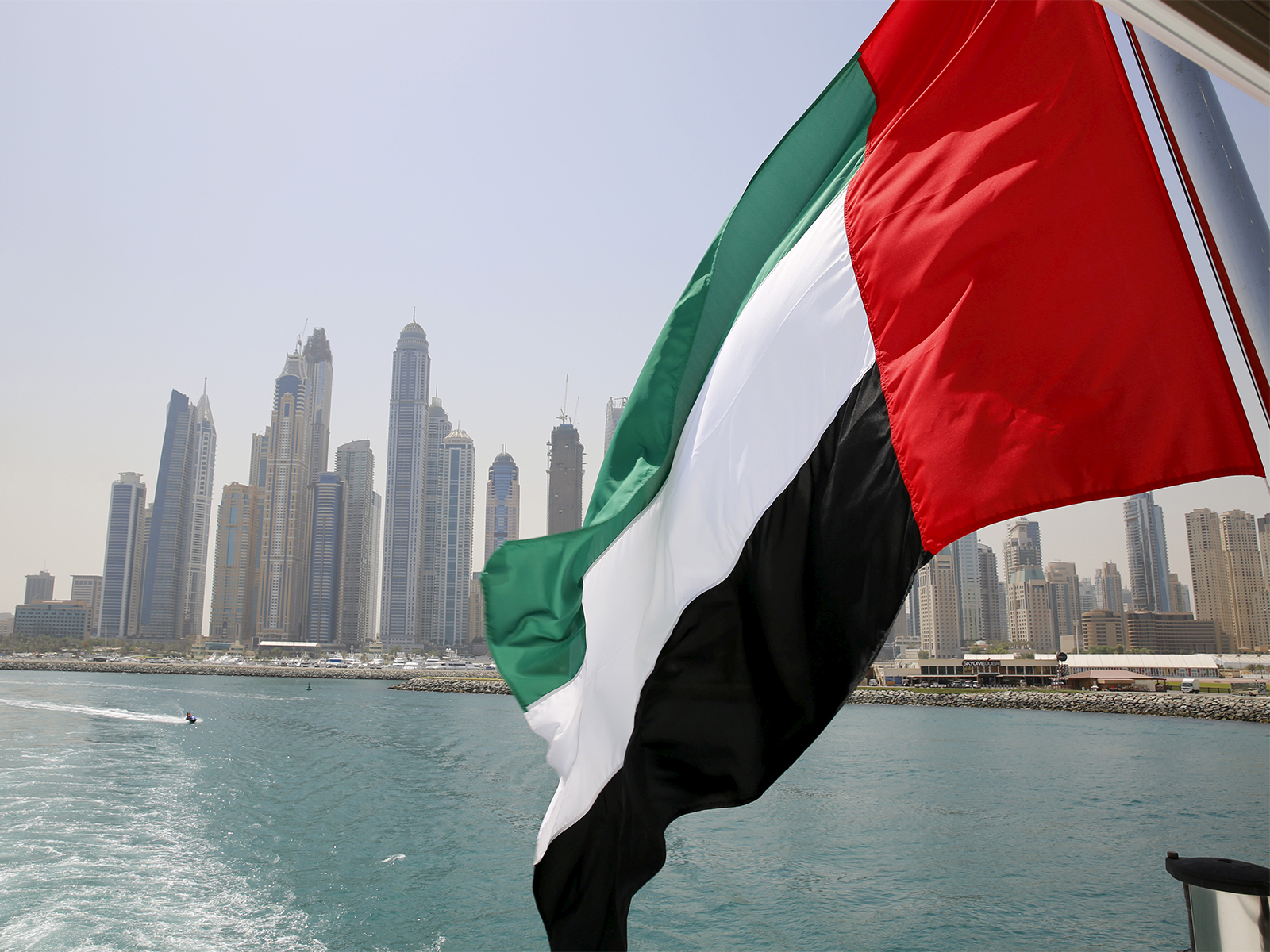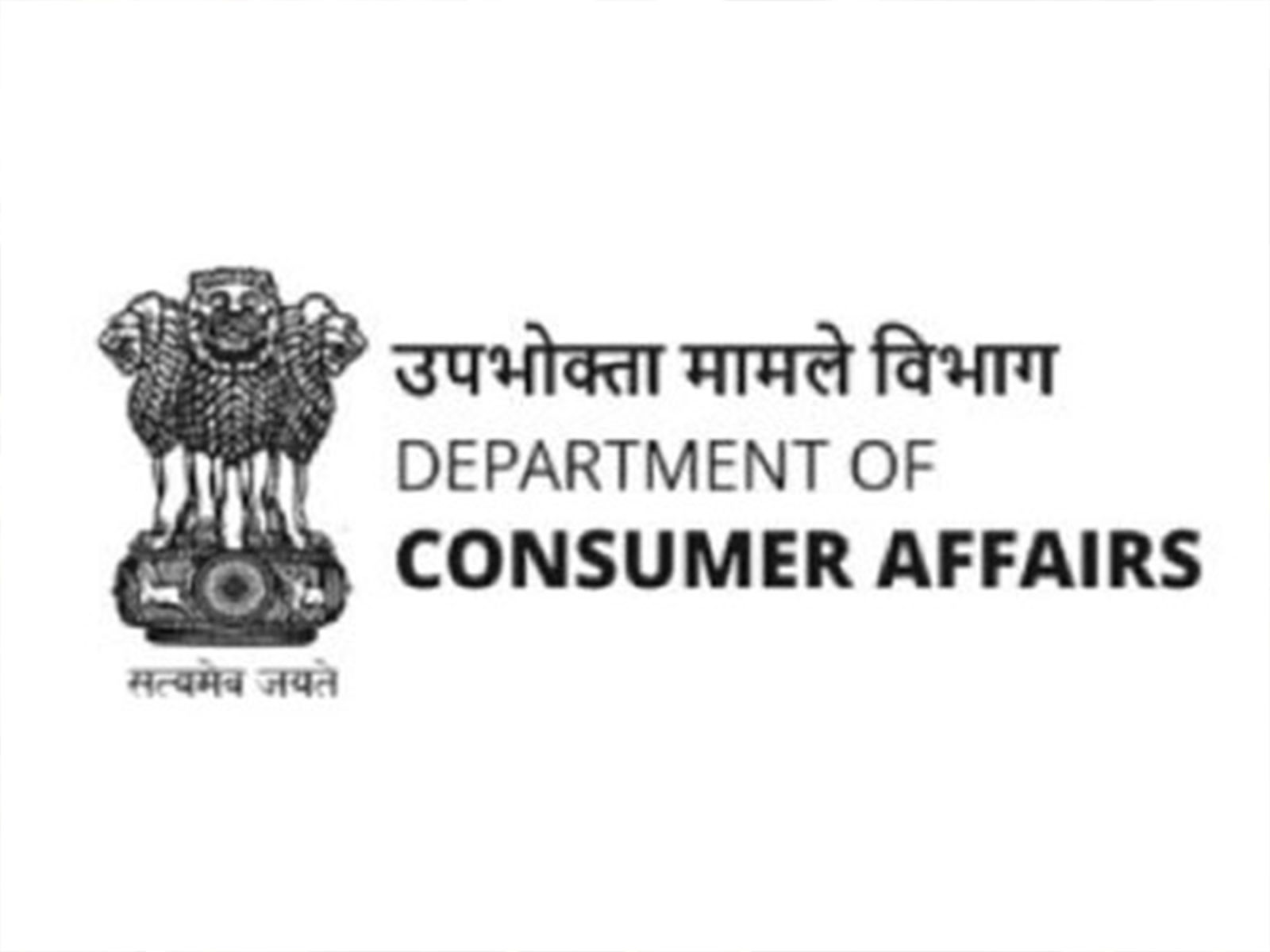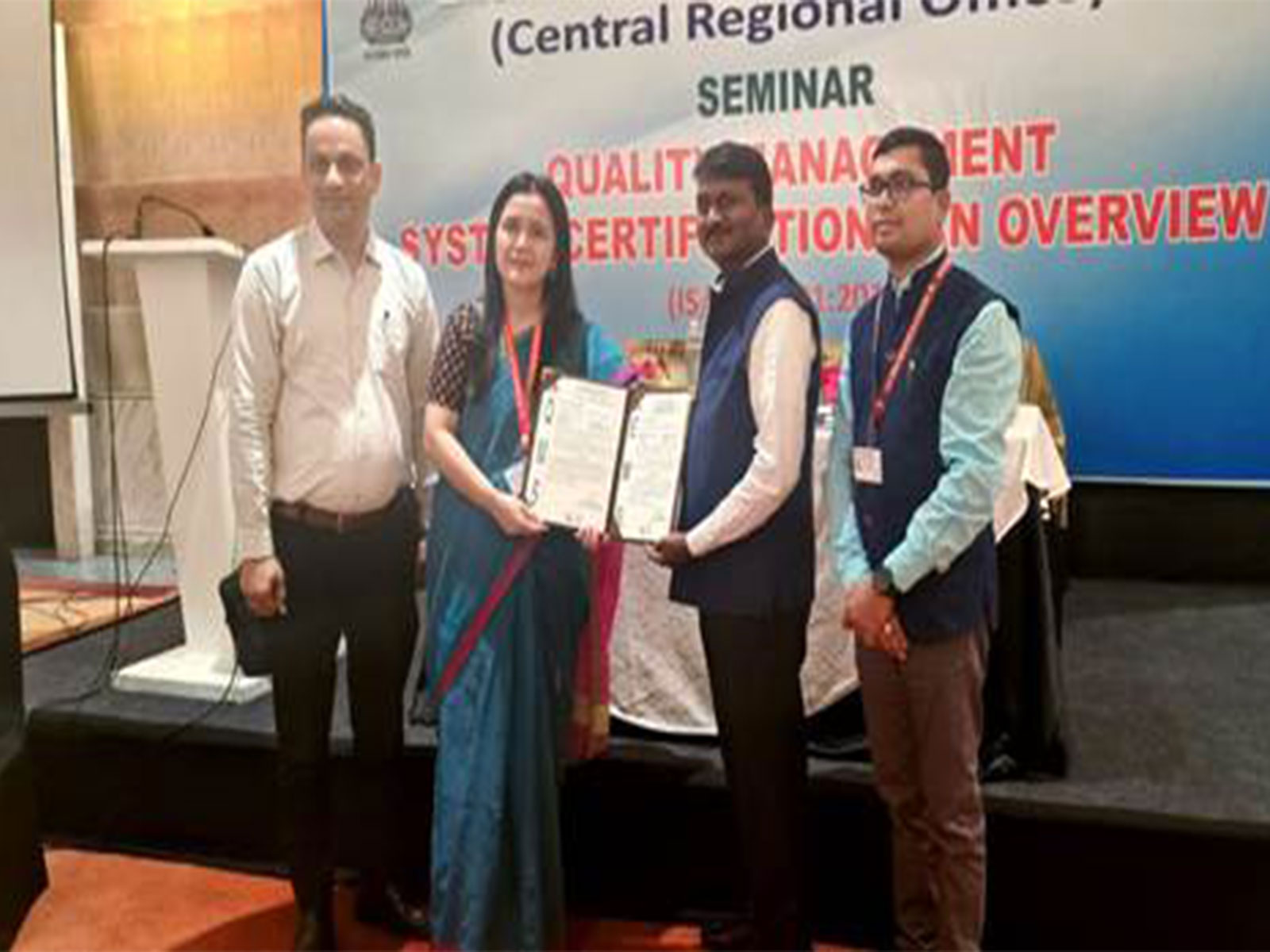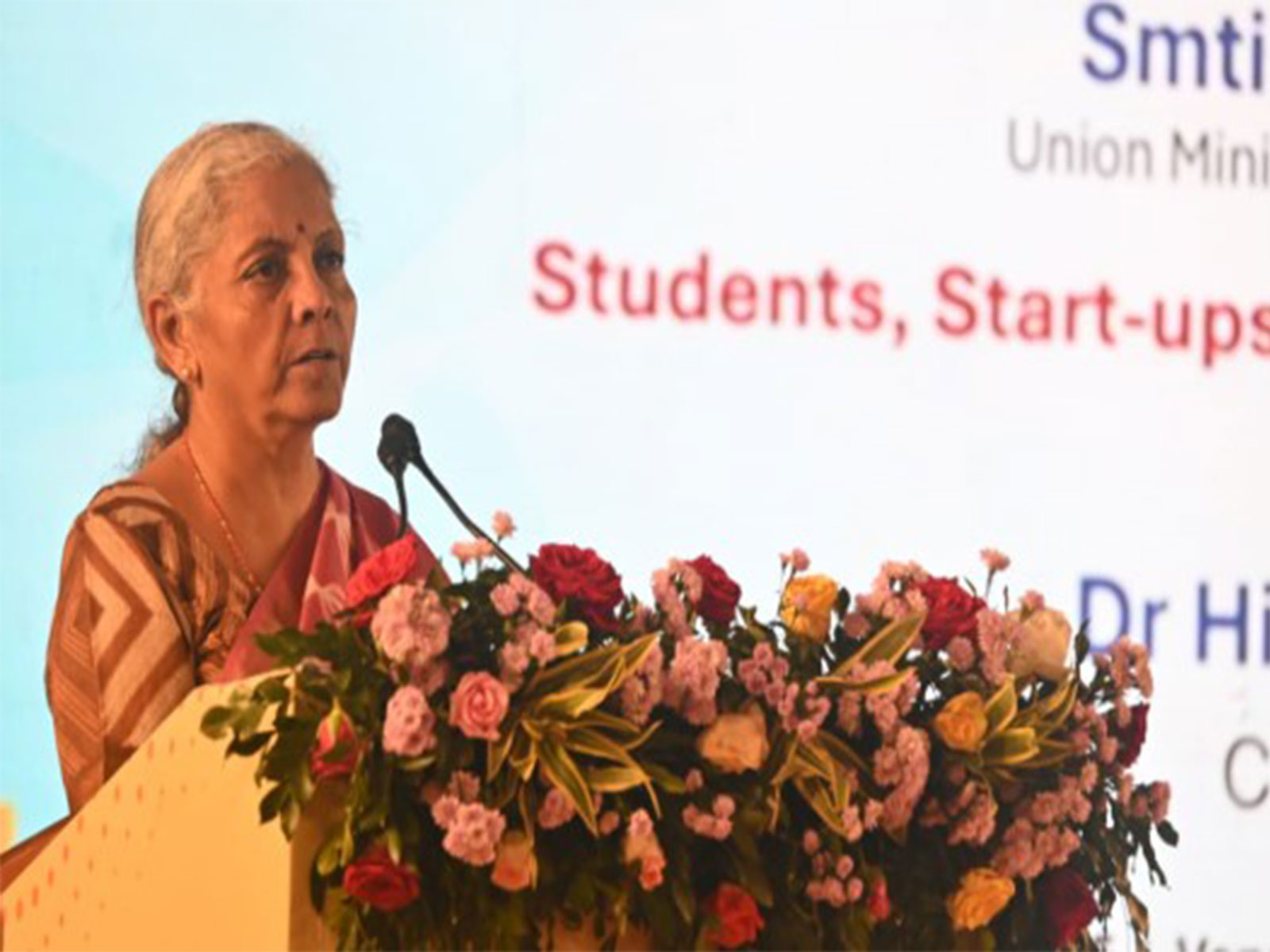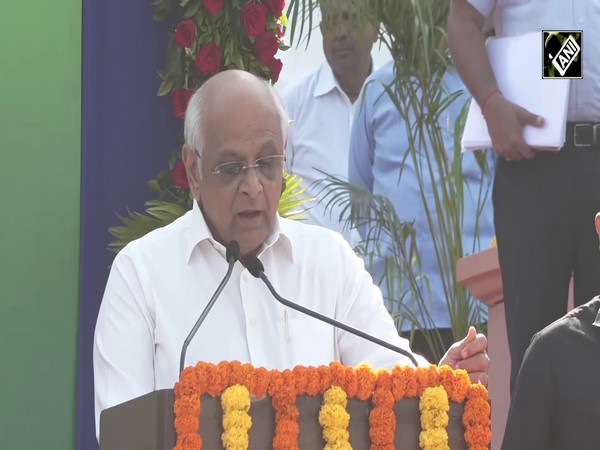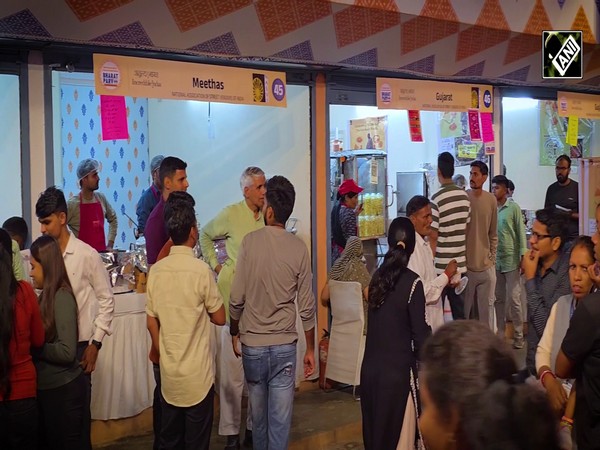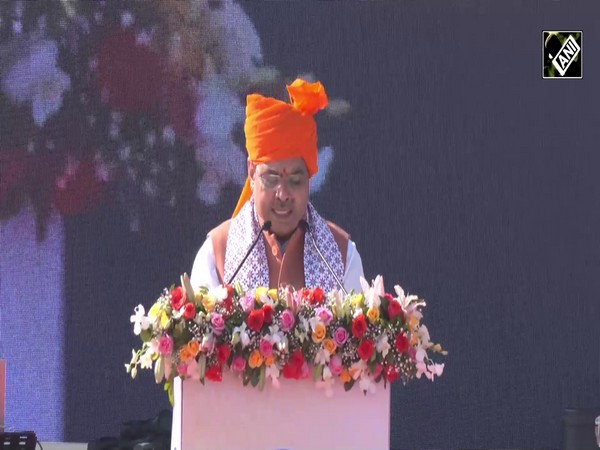Lahore grapples with severe air pollution as smog reaches record levels
Nov 03, 2024

Lahore [Pakistan], November 3 : Air pollution levels in Lahore have soared to unprecedented heights, with the city's air quality reaching 40 times the World Health Organisation's (WHO) recommended safe limit, sparking public concern and health warnings.
On Saturday, the air quality index (AQI) in Lahore spiked to 1,067, far exceeding the "dangerous" level of 300, and deadly PM2.5 pollutant levels peaked at 610, posing severe health risks. According to WHO standards, a 24-hour PM2.5 reading above 15 is considered unhealthy, the Express Tribune reported.
For days, a thick layer of smog - a mix of fog and pollutants from diesel fumes, agricultural burning, and winter cooling, has blanketed Lahore, turning the air toxic. The situation was exacerbated by winds carrying polluted air from across the Indian border, placing Lahore third on the global air pollution index. Delhi and Kinshasa topped the list, with scores of 217 and 201, respectively.
The hazardous conditions reached a critical point on Saturday morning, when pollution levels in areas near the Indian border recorded AQI readings between 1,500 and 1,800. Lahore and its surrounding regions bore the brunt, with scores climbing to 1,000 before a temporary southerly wind shift briefly reduced the AQI to 283.
However, meteorologists caution that the improvement may be short-lived, as wind patterns are likely to shift again, potentially renewing the smog, reported the Express Tribune.
Jahangir Anwar, a senior environmental official in Lahore, spoke to Express Tribune on the unprecedented air quality readings. "We have never reached a level of 1,000," he said. "The air quality index will remain high for the next three to four days."
The toxic air is taking a psychological toll on residents. "As a mother, I am full of anxiety," 42-year-old resident Lilly Mirza said, adding that this year's pollution is noticeably worse than previous years. After taking her son to a sports event in a high-pollution area, she returned home feeling "completely terrorised," questioning, "Did a pollution bomb explode somewhere?"
To combat the crisis, local authorities implemented emergency measures. Schoolchildren are restricted from outdoor activities, school hours have been adjusted, and government and private sector employees will start working from home on Monday.
Tuk-tuks with two-stroke engines are now banned, while construction work and street food vendors who cook over open flames face new restrictions. Four designated "hot spots" within Lahore will be under stricter monitoring to curb pollutant sources, the Express Tribune reported.
Health risks from prolonged exposure to PM 2.5 are severe, linked to strokes, heart disease, respiratory ailments, and lung cancer, according to WHO. A University of Chicago report highlights that air pollution shortens the average life expectancy in Lahore by approximately 7.5 years.
UNICEF data show nearly 600 million children across South Asia are exposed to high pollution levels, with half of all childhood pneumonia deaths in the region associated with air quality issues.
Despite the challenges, citizens like 40-year-old painter Rehmat continue to work under hazardous conditions. "What can a poor painter like me do if the government can't fix this? I will keep the mask on and work," he said.
